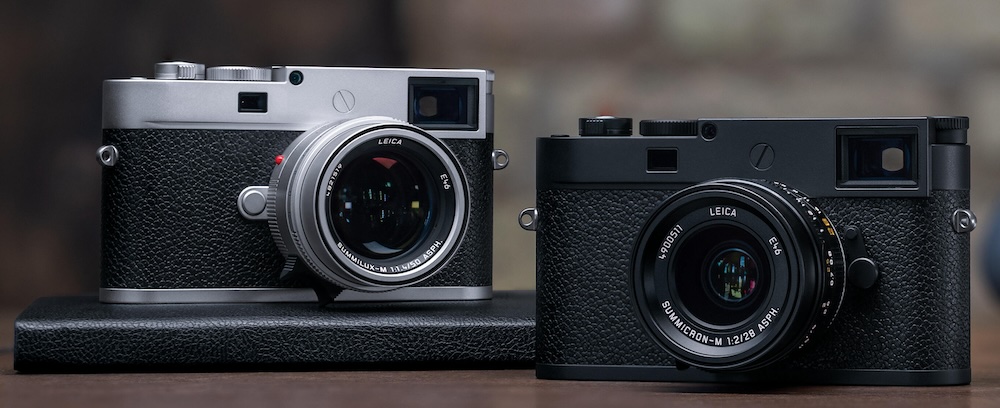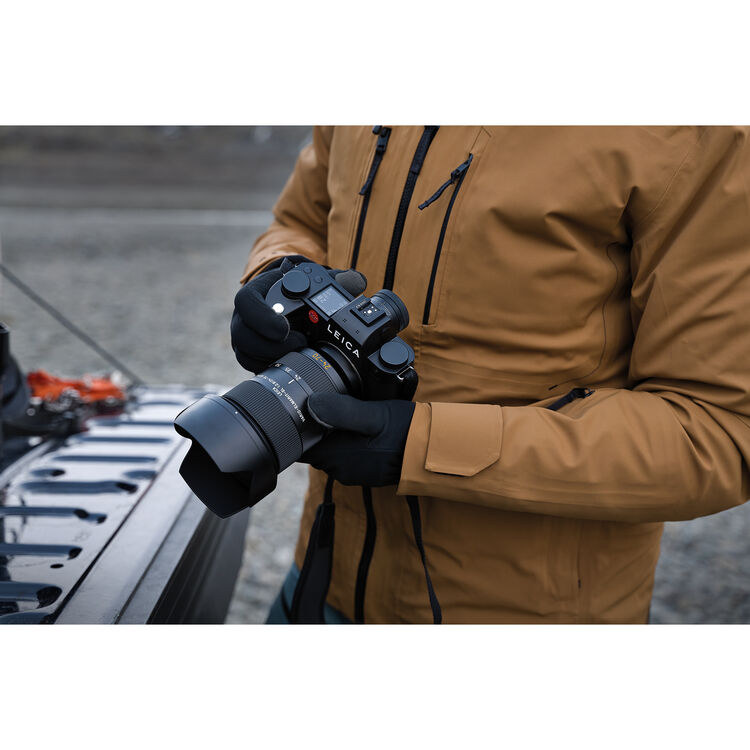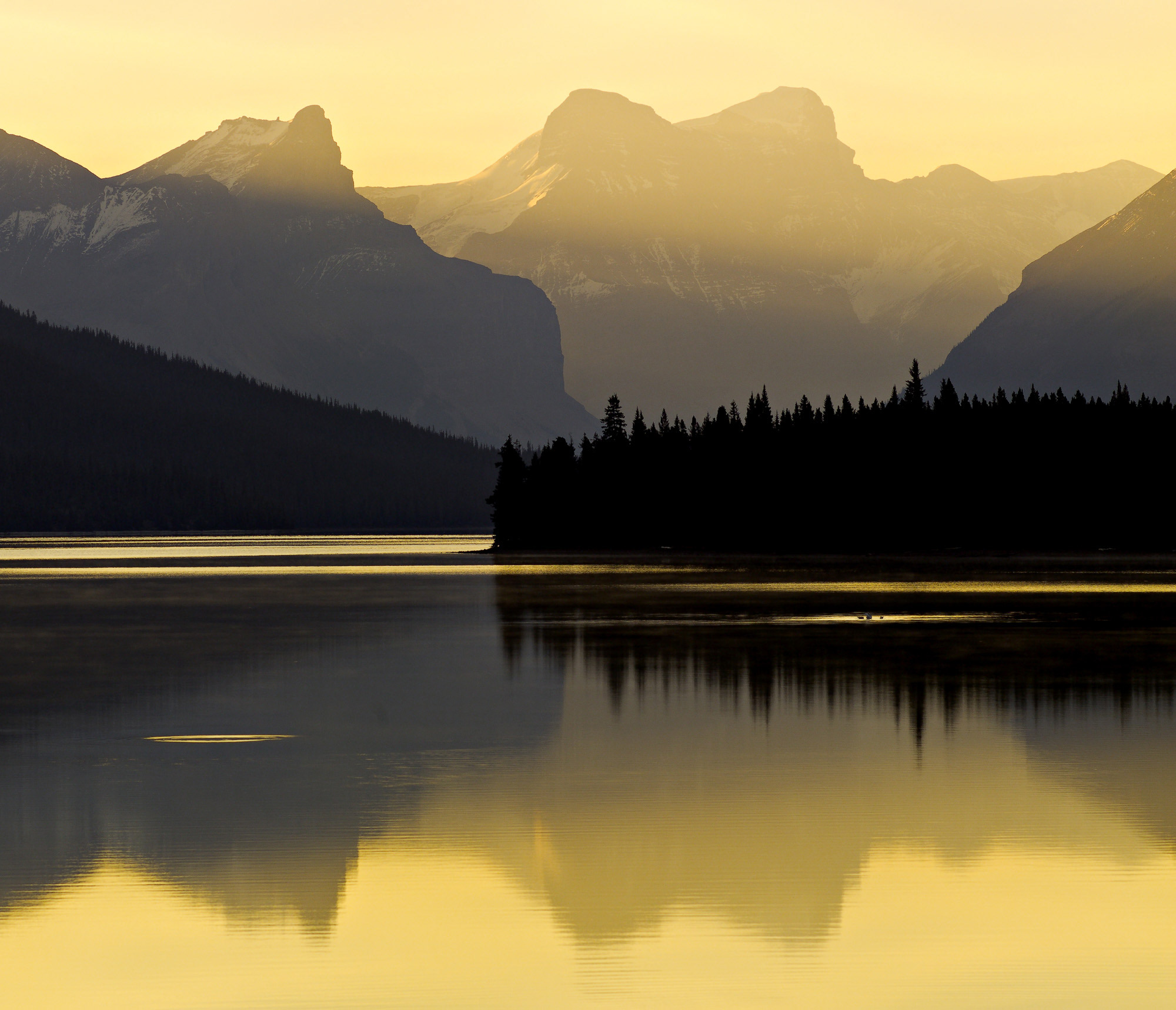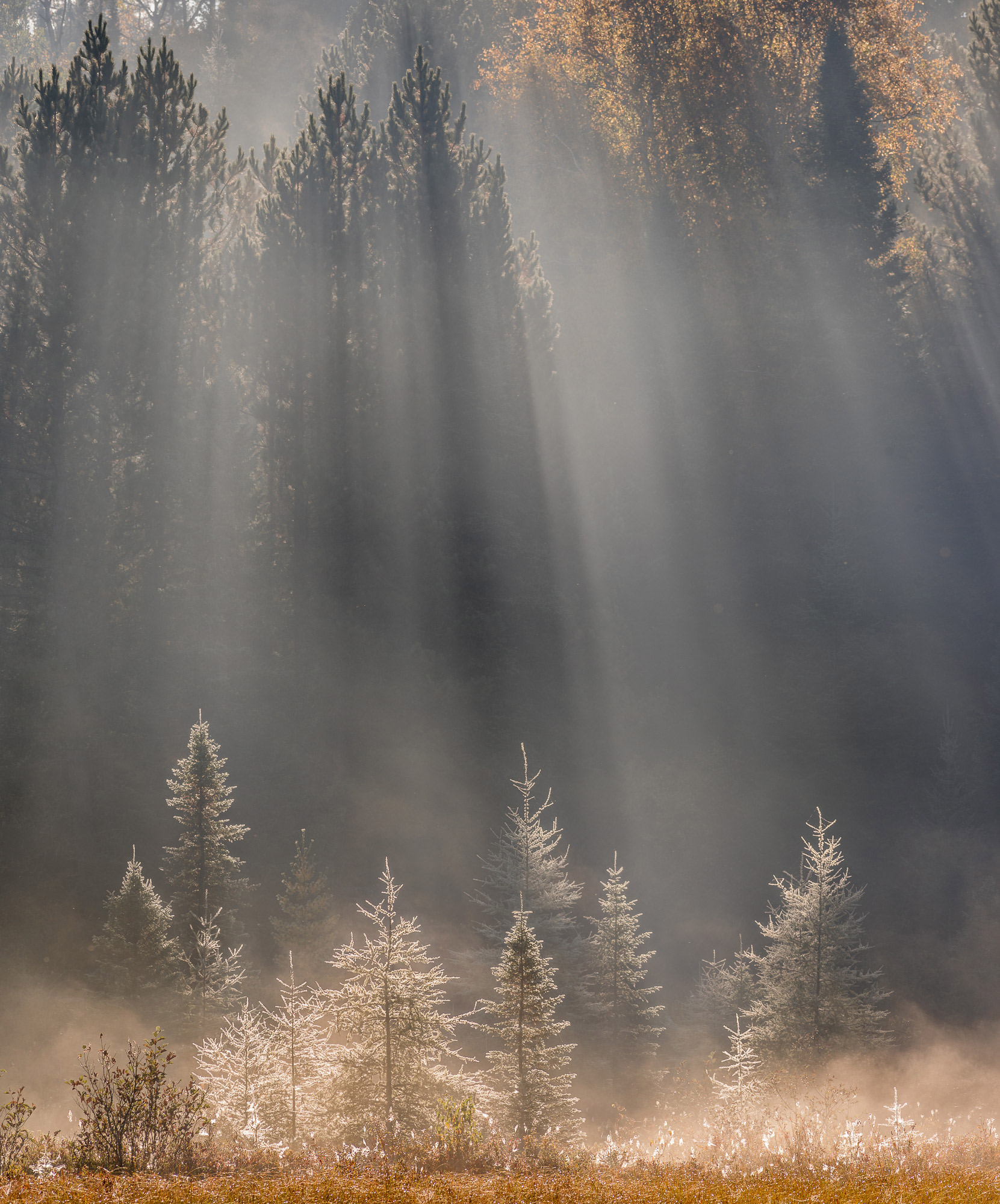

A Leica SL3 – Leica and Apple share the “most beautiful product photography” award. This and all images of modern Leica cameras in this article are from Leica USA’s website.
And What of the Leica SL3? : A surprise post-CP+ introduction
A few weeks after CP+ finished in Yokohama, Leica made their spring introduction – the SL3, a new L-mount, SLR-style mirrorless camera. In one sense, there’s no new ground broken here. It uses the already well-known Sony A7R IV/A7R V/A7CR/Leica Q3/M11/Sigma fp L sensor, its body design is relatively similar to Leica’s SL and SL2, and it is expensive at $6995 – no surprise to followers of Leica.
Why is a $7000 camera worth mentioning if it doesn’t have any features better than the less expensive SONY A7R V ?
There are a couple of answers. One is that the SL3 is the first mainstream camera to offer that superb sensor in any mount other than FE-mount, with any body design other than Sony’s. Yes, it’s the fourth use of the sensor outside of a Sony camera – but the first three were rather unusual cameras.
Sigma’s fp L is so control and feature reduced as to be nearly unusable. It’s absolutely tiny, but it’s missing such basic features as a viewfinder and a handgrip. It has far fewer buttons and dials, and its battery might last for less than 100 pictures if you don’t turn it off when not in use.
It’s almost a super-high resolution remote camera with a few controls so you can trigger it locally in a pinch. A radical design? Undoubtedly… A practical one, perhaps not. Someone, maybe Sigma, is going to introduce a practical modular camera smaller than a Phase One, but Sigma hasn’t done it yet.


A lovely pair of Leica M11p cameras, introduced in 2023.
Leica’s own Q3 and M11 are equally specialized. The M11 is a nostalgia trip, a camera combining an integrated viewfinder/rangefinder design from 1954 with a high-resolution sensor from 2019 and digital electronics more even recent than the sensor. I’m not a rangefinder photographer, so I can’t evaluate whether it’s possible to focus accurately, but here’s the issue.
The Sony sensor has a pixel pitch of 3.76 µm, while the estimated effective grain size of Tri-X, the film that Leica rangefinders were perhaps most famously used with, is somewhere between 10 and 30 µm. There are various reasons why the comparison isn’t exact, but the bottom line is that the sensor has at least 10 times the areal resolution of Tri-X, and probably considerably more.


And a Leica M3, introduced in 1954. Photo by Hannes Grobe, Wikimedia Commons.
6 MP out of 35mm film is generally considered a relatively fine grain film, although not the very finest – and Tri-X is fairly coarse grained.
Is the rangefinder capable of focusing finely enough for 60 MP? Is the photographer’s technique that good?
Even if both are true, is the rangefinder in perfect enough alignment to focus that accurately?
It may be possible in some circumstances, but it’s a heck of a lot tougher than phase-detection AF.
The Q3 is a fixed-lens camera. You’re committing $6000 to a single (exquisite) prime lens. If you are in a position where that isn’t a lot of money, it may not be an issue. If you love 28mm lenses and feel like it can be your primary focal length, it may be a fascinating creative choice. If neither of those things apply, it’s an expensive camera with a significant limitation.
Compared to those three cameras, the SL3 is conventional. It’s an SLR-style mirrorless, on the larger and heavier side, but not outrageous. I haven’t handled one, but I have handled an SL2, and that camera is built like a Rolls-Royce.
Leica and OM System are the only two manufacturers to assign IP water and dust-resistance ratings to their cameras. The SL3 is rated IP54 – it’s not submersible, but, used with a comparably sealed lens, it is fairly well protected against any reasonable amount of rain and dust. It is actually higher-rated than the extremely rugged OM-1. Cameras like the Nikon Z9 don’t claim an official IP rating, but if they did, it would be comparable to the Leica or even less (IP53?). No Sony is going to be this rugged and well sealed, not even the A1.
The other answer to why it’s relevant is that it is a completely different body design from any Sony with the same sensor. Sonys always have a plethora of external controls, and the A7R V is no exception. I count four dials, one two-position and one three-position switch, twelve buttons plus a four-way controller, one joystick, three physical lock levers and three lock buttons. I’d say that’s a record, except that I’m almost sure Pentax has fitted even more controls than that to one camera at some point.
The Leica has three dials, no switches, ten buttons, no four-way controller, one joystick and two lock levers plus the lens lock button. By my count, that’s about half the number of controls. Did Sony use too many? Did Leica use too few?


Here’s a rear view of a Leica SL3
Body-based elements of image quality should be very similar to the Sonys with the same sensor – except for color, which is controlled by sensor filtration and software, rather than the base sensor. I haven’t used Leicas enough to comment on their house color. Both FE-mount and L-mount offer wide lens selections, including some truly exceptional lenses.
If you have a favorite focal length and aperture, it is well worth looking up reviews of the particular lenses available in both mounts, to see which one might match your style. A Leica lens and a Sony G-Master are both likely to be exceptional lenses, but they won’t render in exactly the same way. If you prefer one lens or the other, that could help you choose your mount, and therefore, your camera.
There is another elephant in the room. The Leica SL3 costs $6995. That is an 80% premium over the $3899 Sony A7R V. It is also considerably more expensive than the Fujifilm GFX 100S, which seems to have settled around $4400 in its third year on the market. The GFX uses a 70% larger (and therefore, higher-resolution) version of the same sensor, which offers a full stop of additional image quality over the 61 MP full-frame sensor. The Fujifilm GFX100S is only a little larger than the Leica (the difference is about the weight of an extra battery), and it’s not much slower. It’s very much in the “premium pixel monster” race, and medium format is an advantage.


If your style is different, the Leica is also similarly priced to or more expensive than some cameras with nearly the same image quality, but that shoot several times faster – like the Nikon Z8 and Z9, the Sony A1 and probably whatever Canon replaces the EOS-R5 with.
The Leica SL3 is a beautiful camera (even an elegant one), it is an incredibly sturdy one, and by every indication, it will have impeccable image quality – but can it find a niche?













